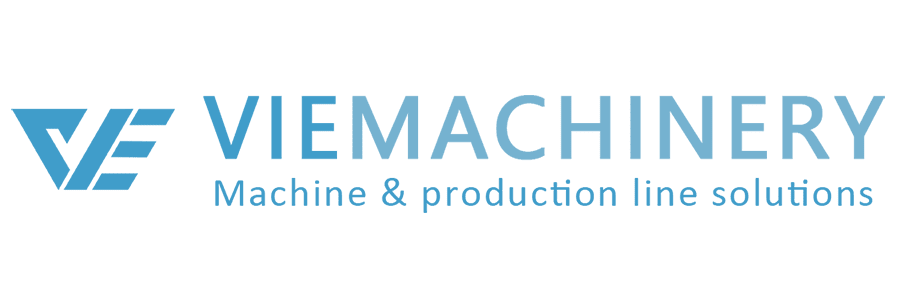Starting and running a paper bag business can be a rewarding entrepreneurial venture, especially with the growing demand for eco-friendly alternatives to plastic bags. This guide will walk you through the essential steps, investment requirements, and strategies to ensure profitability in your paper bag business venture.
Understanding the Market
Before diving into any business, it’s crucial to conduct thorough market research. Understanding the demand for paper bags in your target market, identifying your competition, and recognizing potential customers will help you frame a solid business plan.
Conduct Market Research
Begin by analyzing the market size and growth potential for paper bags. Visit local stores, supermarkets, and other potential clients to gauge the demand. Look for gaps in the market that your business can fill. Additionally, consider the environmental regulations in your area, as they can significantly impact the demand for eco-friendly products.
Identify Your Target Audience
Your target audience may include retail stores, supermarkets, restaurants, and individuals. Identifying your audience will help you tailor your marketing strategies and product offerings to meet their specific needs.
Framing a Business Plan
A well-structured business plan is the backbone of any successful business. It should outline your business goals, target market, marketing strategies, and financial projections.
Define Your Business Goals
Establish clear, achievable goals for your paper bag business. These could include specific sales targets, market expansion plans, or product diversification strategies.
Develop a Marketing Strategy
Consider both online and offline marketing strategies to reach your target audience. Utilize social media platforms, create a professional website, and participate in local trade shows and exhibitions to showcase your products.
Financial Projections
Estimate your startup costs, ongoing expenses, and projected revenues. This will help you determine the amount of investment required and assess the profitability of your business.
Setting Up the Business
Once you have a solid business plan, it’s time to set up your paper bag manufacturing unit. This involves acquiring the necessary licenses, investing in machinery, and hiring labor.
Acquiring Licenses and Permits
Ensure you have all the necessary licenses and permits to operate your business legally. This may include business registration, environmental clearances, and other local permits.
Investing in Land and Machinery
The scale of your business will determine the land and machinery requirements. For a small-scale business, you may need a space of around 500-1000 sq. ft. and basic machinery like a paper cutting machine, printing machine, and bag forming machine. For a larger scale, you will need more advanced machinery and a bigger space.
Hiring Labor
Depending on the scale of your business, you will need to hire skilled labor for operating the machinery, packaging, and quality control. Ensure you provide adequate training to maintain high product quality.
Production Methods
There are two main production methods for paper bags: manual and machine-based. Each has its own advantages and disadvantages.
Manual Production
Manual production involves handmade processes, which can be labor-intensive but cost-effective for small-scale operations. It allows for customization and is suitable for niche markets.
Machine-Based Production
Machine-based production is ideal for large-scale operations due to its efficiency and consistency. It requires a higher initial investment but can significantly increase your production capacity and reduce labor costs in the long run.
Pricing Strategies and Profitability
Setting the right pricing strategy is crucial to ensure profitability. Consider factors like production costs, market demand, and competitor pricing while determining your prices.
Cost Analysis
Calculate your production costs, including raw materials, labor, machinery maintenance, and overheads. This will help you determine the minimum price at which you can sell your products without incurring losses.
Competitive Pricing
Analyze your competitors’ pricing strategies and position your prices competitively. Offering discounts for bulk orders or loyal customers can help attract and retain clients.
Profit Margins
Ensure that your pricing strategy provides a reasonable profit margin. Focus on maintaining high product quality and exceptional customer service to justify your prices and build a loyal customer base.
FAQs
What is the initial investment required to start a paper bag business?
The initial investment depends on the scale of your business. For a small-scale operation, you may need around $10,000 to $50,000, while a large-scale business could require $100,000 or more for land, machinery, and labor.
How can I ensure the quality of my paper bags?
Invest in high-quality raw materials and machinery, provide adequate training to your employees, and implement strict quality control measures throughout the production process.
What are the environmental benefits of paper bags?
Paper bags are biodegradable and recyclable, making them a more eco-friendly alternative to plastic bags. They help reduce plastic pollution and contribute to a sustainable environment.
Can I start a paper bag business from home?
Yes, you can start a small-scale paper bag business from home with minimal investment in basic machinery and raw materials. As your business grows, you can expand to a larger facility.
What are some effective marketing strategies for a paper bag business?
Utilize social media platforms, create a professional website, participate in local trade shows, and offer discounts for bulk orders to attract and retain customers.
Starting a paper bag business requires careful planning and execution, but with the right strategies, it can be a profitable venture. Focus on understanding the market, setting up your business efficiently, and maintaining high product quality to ensure success.

